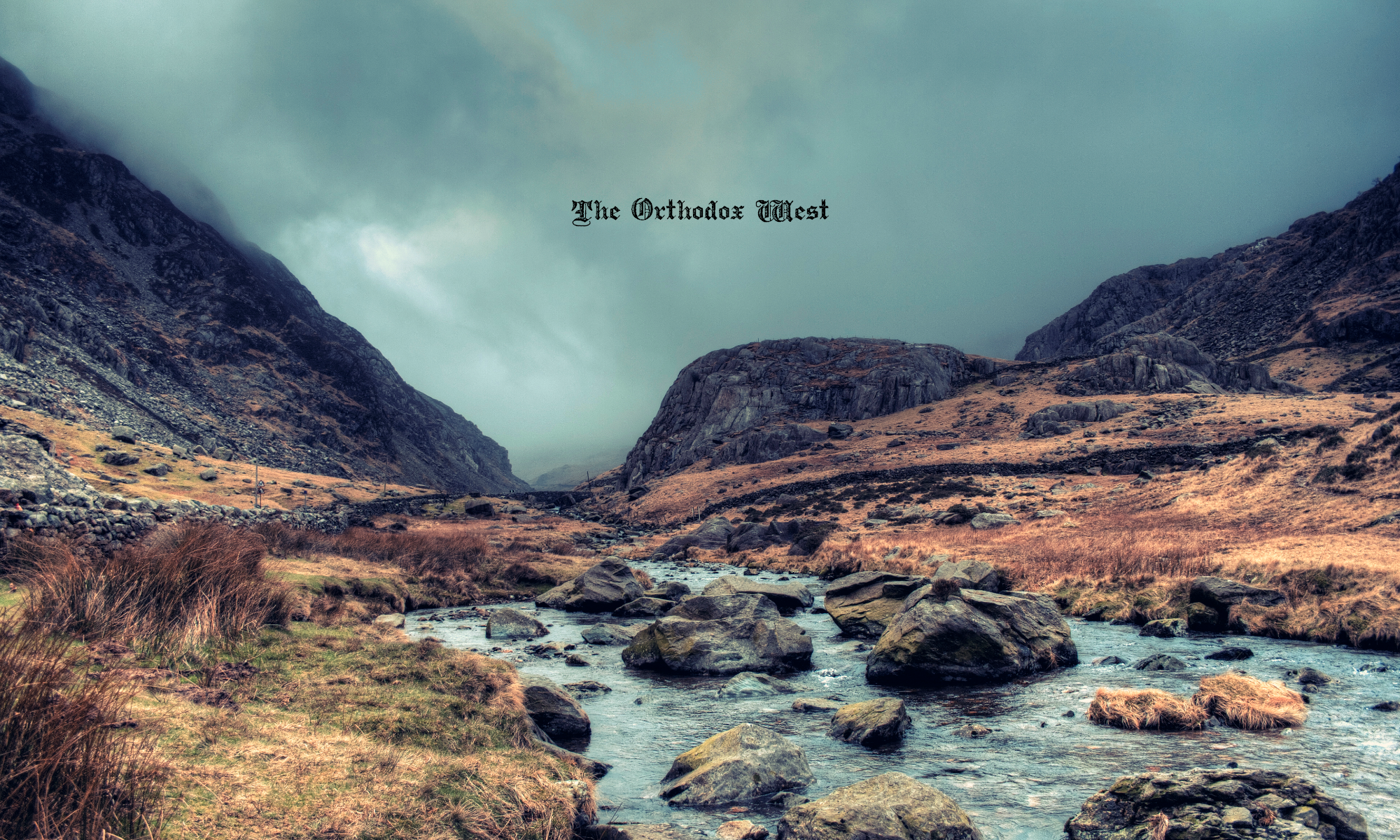As we move into another Advent season, we are confronted in our collect and epistle with the images of time and of light and darkness. We ask that we may cast away the works of darkness and put on the armor of light in the time of this mortal life. St. Paul speaks of the awaking out of sleep, the night being far spent and the time of our salvation at hand.
We tend to make a lot of assumptions about time, mostly based on commonsense experience. We generally think of it as something which simply passes, and which we measure with anything from hour glasses to pendulums to the latest atomic clock which will neither gain nor lose a second in 300 million years. That is one aspect of time on what we might call the micro level.
Then there is the time we measure in galactic years – the time it takes the Sun to orbit once around the center of our galaxy – estimated at about 225-250 million terrestrial years.
Regardless of its magnitude, time seems to flow in only one direction; as has been sung, it keeps on slipping into the future. We remember the past, but not the future. Then there is time dilation and other mystifying aspects of that thing we now call space-time.
The other images with which we are confronted today are no less tantalizing.
When we think of darkness and light we are inevitably drawn back to Genesis. At whatever time is being described in the revelation to Moses, we are told that it was when the earth was “without form and void, and darkness was upon the face of the deep.” God then calls light into being and divides the darkness from the light. Just what is this darkness, this light? Consider that the latest developments in cosmology tell us that the visible portion of the universe we see, even with the Hubble telescope, the visible light, is less than 5% of the whole. The rest is currently divided up between two very mysterious objects called “dark matter” and “dark energy”, about which virtually nothing is known, except that they must exist to explain the current understanding of our universe.
And so we might speak of both macro and micro kinds of light and darkness as well. Dark matter and dark energy may not concern most of us at present, but spiritual darkness, more micro in terms of its more immediate proximity to us, both without and within, is much more of a concern.
When we use the metaphor of darkness, it generally has a negative connotation, certainly in scripture. That darkness in Genesis apparently describes a kind of primordial chaos, a Greek word which is the antonym of cosmos, which speaks of order and wholeness.
We speak of the darkness of ignorance, the darkness of sin, the dark in which evil deeds are committed. To quote Roy Hobbs, “all I know is you can’t see real well in it” The darkness hides things, including those who would act in wickedness. The light exposes things. In our prelude to St. John’s Gospel which we hear at each Liturgy, the evangelist writes of the life which is in the Logos being the light of men. This light shines in the darkness and the darkness comprehended it not. We can interpret that in two ways – the darkness cannot grasp or understand the light; likewise, the darkness has never seized or overcome it. The true light gives light to all persons that come into the world, if they will but open themselves to it.
There is a darkness which represents the un-illumined soul, the mind devoid of revelation, dependent solely upon its own observations of things, with no divine context or meaning, which is the state of the unregenerate, and which logically leads to nihilism.
The revelation of Advent is that God has entered this darkness as light. The light comes to overcome the darkness in our world and in our soul, just as light penetrated and overcame the primordial darkness. The Light enters Jerusalem to purify the Temple as He purifies the temple of the soul. God has entered the darkness of a sinful world and seeks to enter the darkness of the sinful soul in order to bring light, to impose order and meaning and wholeness on the chaos of our disordered soul, so that we can bring the light of the revelation of the Gospel to the chaos of the disordered creation as it seeks to function apart from God.
In terms of time, God came in what the Scriptures call the “fullness of time” the kairos, the chosen moment, the proper moment. At the Annunciation, eternity intersected time in the womb of a young Virgin of Nazareth to interpenetrate this dimension of ours with Light and Love and eternal Life. However we measure time, St. Paul tells us that the time of His return to finally purify the creation is closer than when we first believed.
We have a limited amount of time in this arena of repentance to enter into the Light of eternity. Knowing the time, St. Paul says, we should awake out of the sleep of darkness, that we might, with whatever time we have remaining, witness to the Light in the midst of the den of thieves in which we find ourselves. Regardless of how we or God measure time, we are called to use it wisely, as we are told there will come a last day, when time will be no more, as the darkness finally gives way completely to the Light.

